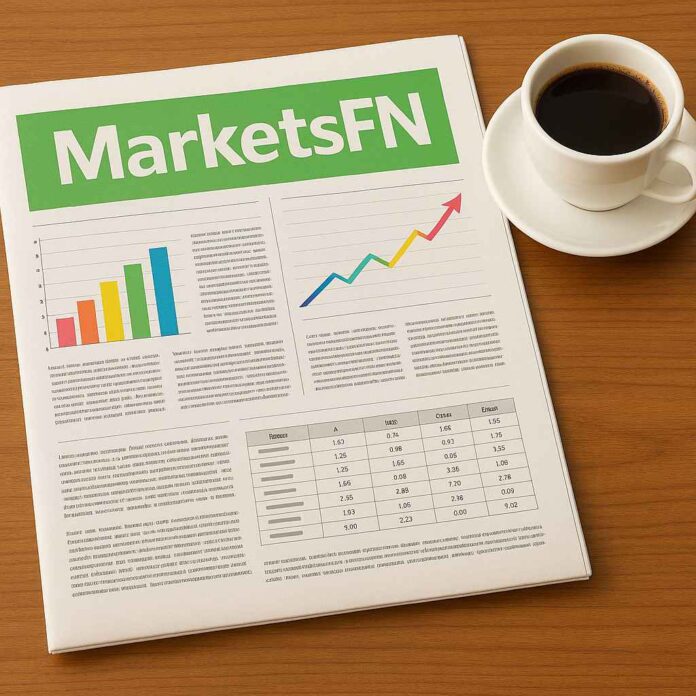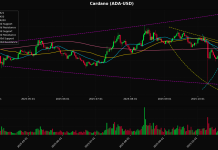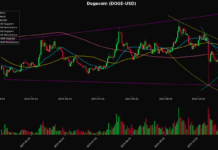ESMA’s 2026 Annual Work Programme: Strengthening EU Financial Markets Through Supervision, Sustainability, and Innovation
On October 3, 2025, the European Securities and Markets Authority (ESMA) released its 2026 Annual Work Programme, outlining a comprehensive roadmap for advancing financial market integrity, investor protection, and regulatory efficiency across the European Union. Guided by its 2023–2028 strategy, the programme emphasizes alignment with the EU’s Savings and Investments Union (SIU) initiative, focusing on market integration, simplification, and competitiveness. With an eye on emerging challenges like geopolitical volatility, digital innovation, and sustainability transitions, ESMA aims to foster resilient, accessible capital markets while reducing administrative burdens.
Executive Summary: Building on Priorities Amid Evolving Challenges
ESMA’s 2026 agenda builds on its multi-annual strategy, prioritizing effective markets, robust supervision, retail investor safeguards, sustainable finance, and data-driven innovation. The document highlights the shift toward the SIU, with ESMA poised to support legislative reforms for integrated trading infrastructures, cross-border fund provisions, and harmonized supervision. Key efforts include implementing EMIR 3, developing the European Single Access Point (ESAP), and addressing Retail Investment Strategy (RIS) mandates.
The programme anticipates expanded supervisory roles, such as overseeing Consolidated Tape Providers (CTPs), ESG rating providers, and European Green Bond external reviewers. ESMA commits to three flagship simplification projects: integrated funds reporting, holistic transactional reporting reviews, and analyzing the retail investor journey. These initiatives aim to eliminate duplications, standardize formats, and enhance data usability, aligning with the EU’s burden reduction agenda.
Strategic Priorities and Thematic Drivers
ESMA’s work is structured around three strategic priorities and two thematic drivers, ensuring a holistic approach to financial regulation.
Effective Markets and Financial Stability
ESMA will contribute to a proportionate single rulebook, supporting SIU goals like market integration and reduced barriers for asset managers. Activities include Level 2/3 work on EMIR 3, CSDR, and AIFMD/UCITS reviews. Financial stability efforts involve risk monitoring via bi-annual Trends, Risks, and Vulnerabilities (TRV) reports, CCP resilience assessments, and contributions to EU/international bodies like the ESRB and IOSCO.
Effective Supervision
Promoting risk-based, data-driven supervision, ESMA will expand direct oversight of new entities and foster convergence through Common Supervisory Actions (CSAs), peer reviews, and colleges. In 2026, focus areas include cyber resilience (continuing the USSP) and ESG disclosures. Outputs include a cross-sectoral sanctions report and a joint ESAs independence assessment.
Retail Investor Protection
ESMA aims to enhance disclosures, reduce costs, and address digital risks. Key actions include RIS technical standards (if legislated), CSAs on MiFID II topics, and a methodology for consumer testing. Monitoring will cover innovative products, with warnings and interventions as needed.
Sustainable Finance
Supporting streamlined sustainability rules, ESMA will monitor greenwashing via CSAs and thematic notes on transition finance and claims. Contributions to the EU Platform on Sustainable Finance and EFRAG will advance ESRS implementation.
Effective Use of Data and Technological Innovation
ESMA’s Data Strategy focuses on the ESMA Data Platform, AI tools for supervision, and integrated reporting. 2026 deliverables include reports on transactional reporting harmonization and AIFMD/UCITS data integration. Innovation monitoring covers AI, DLT, and crypto, with SupTech enhancements.
Key Regulated Sectors and Entities
The programme details sector-specific objectives, emphasizing convergence and innovation.
- Investment Management: Guidelines on suspensions, CSA reports on compliance, and integrated data collection under AIFMD/UCITS.
- Investment Services: CSAs on sustainability, cross-border reports, and retail journey follow-ups.
- Issuer Disclosure: Annual enforcement reports, ESEF updates, and prospectus guidance under the Listing Act.
- Market Integrity: STOR reports, revised MAR guidelines, and crypto abuse briefings.
- Benchmark Providers: Supervision of EURIBOR, BMR review adjustments.
- Credit Rating Agencies: Focus on business strategies, AI in monitoring, DORA compliance.
- ESG Rating Providers: Registration starts mid-2026, with guidance development.
- External Reviewers of European Green Bonds: Supervision begins June 2026.
- Market Transparency Infrastructures: TR/SFTR/SECR data quality, CTP authorizations.
- Central Counterparties: EMIR 3 standards, stress tests, JMM reports.
- Central Securities Depositories: T+1 preparations, CSDR Refit guidance.
- Trading: EMIR 3 thresholds, CTP selections for derivatives.
- Crypto-Assets and DLT: MiCA convergence, AI monitoring, DLT exemptions guidelines.
- DORA: Joint oversight of CTPPs, incident reporting.
ESMA as an Organization
Horizontal functions support core activities:
- Governance and External Affairs: Programming documents, stakeholder engagement, international cooperation.
- Legal and Compliance: Risk minimization, litigation defense, ethics promotion.
- Human Resources: People Strategy implementation, diversity initiatives, competency framework.
- Finance and Procurement: Budget planning, fee integration for new mandates.
- Corporate Services: Premises maintenance, EMAS environmental improvements.
- Horizontal ICT Services: Digital workplace enhancements, cybersecurity drills.
Peer Review Work Plan 2026-2027
ESMA’s risk-based plan includes CCP recovery plans (2026), follow-ups on due diligence and Brexit relocations. In 2027: operational resilience, outsourcing, prospectuses scrutiny, and CASP fast-track.
Annexes: Resources and Metrics
ESMA requests 278 temporary agents, 102 contract agents, and 35 seconded experts for 2026, with a €92.6 million budget. KPIs track AWP completion (target >85%), GHG reductions (-15.4% by 2027), staff turnover (5-10%), and budget execution (>95%).
Conclusions: A Forward-Looking Agenda for Resilient Markets
ESMA’s 2026 programme positions the EU as a competitive, sustainable financial hub, balancing innovation with protection. By streamlining rules, enhancing data use, and expanding supervision, ESMA addresses volatility while reducing burdens—pivotal for SIU success and long-term stability.
Disclaimer
The content on MarketsFN.com is provided for educational and informational purposes only. It does not constitute financial advice, investment recommendations, or trading guidance. All investments involve risks, and past performance does not guarantee future results. You are solely responsible for your investment decisions and should conduct independent research and consult a qualified financial advisor before acting. MarketsFN.com and its authors are not liable for any losses or damages arising from your use of this information.




